Halifax is a much bigger city than I expected. After Montreal and Quebec City, all the towns for the last several weeks were so small that it was a challenge getting groceries and gas. This reminds me that I wanted to mention that we found the secret to finding anything in these small towns. It’s all in the local gas station. We found laundromats, liquor stores, groceries, handmade gift items, post offices and Christmas displays in gas stations.
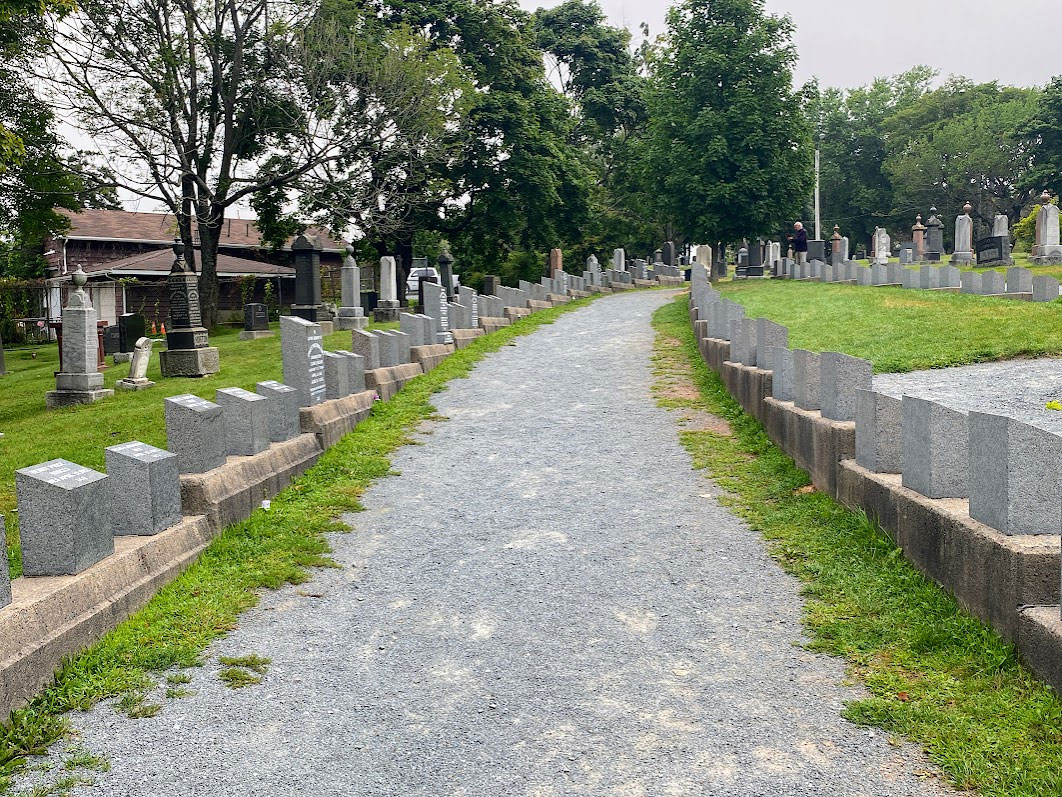
Halifax is big and rapidly growing. Our bus first took us to the Titanic burial site. What a tragic story! The closest locations to the area where the Titanic sank were Newfoundland and Nova Scotia. Newfoundland didn’t have the resources to help but Halifax had 2 cable laying ships they sent to help with rescue and recovery. Even though it was closest to the Titanic, it still took 4 days for the ships to reach the site. I can believe it after it took us 12 hours just to get from Newfoundland to Nova Scotia.
It was mostly a recovery operation when the ships got there. The first class passengers and women and children had room in the rescue boats and were picked up by another ship and taken to New York. The Halifax ships basically recovered the bodies from the water, tagged them and wrote down any identifying information. They ran out of embalming fluid so there were a number of people buried at sea. Since these were 2nd and 3rd class passengers and ship workers, they took them back to Halifax to be buried. The cemetery we went to had about 150. There were almost that many buried in two other Halifax cemeteries.
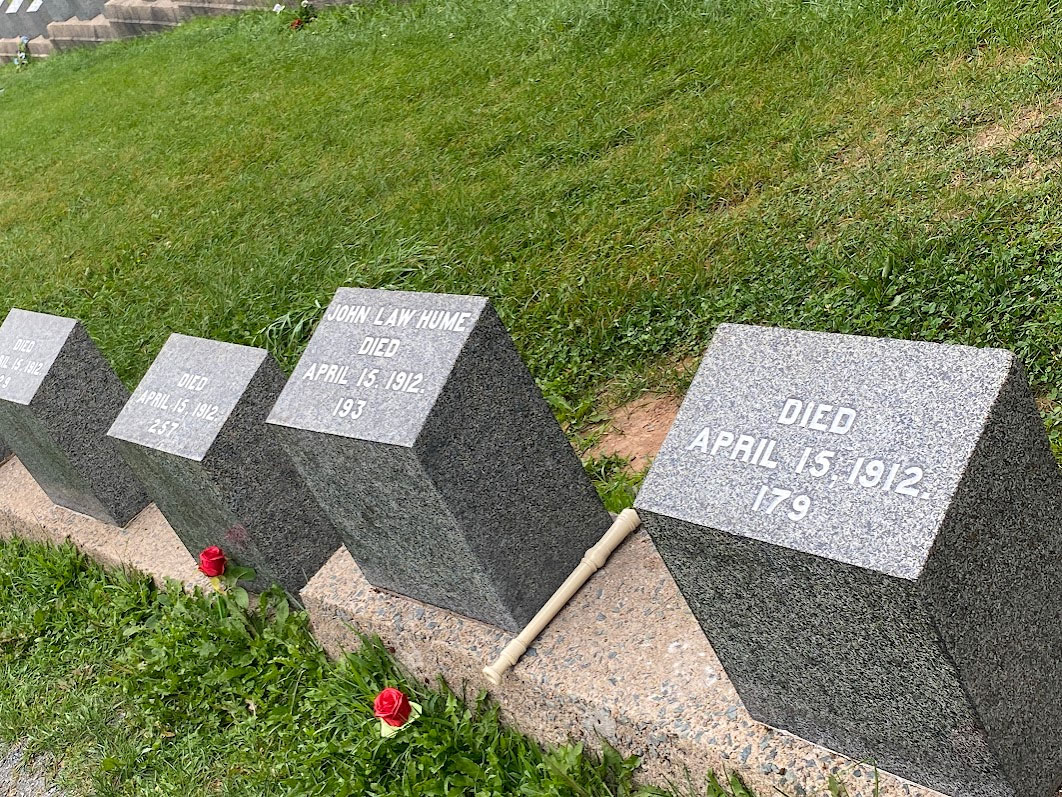
Some of the bodies weren’t identified so they just have a number which represents the order they were recovered from the water and processed. This cemetery buried them in the shape of a bow of a ship and planted a maple at the point where the boat hit the iceberg.
We drove by the container terminal of the Port of Halifax. Lots of shipping containers.

My favorite part of the day was when we went to the Halifax Public Gardens. I hope I don’t bore you with all the flower photos – it was awesome!

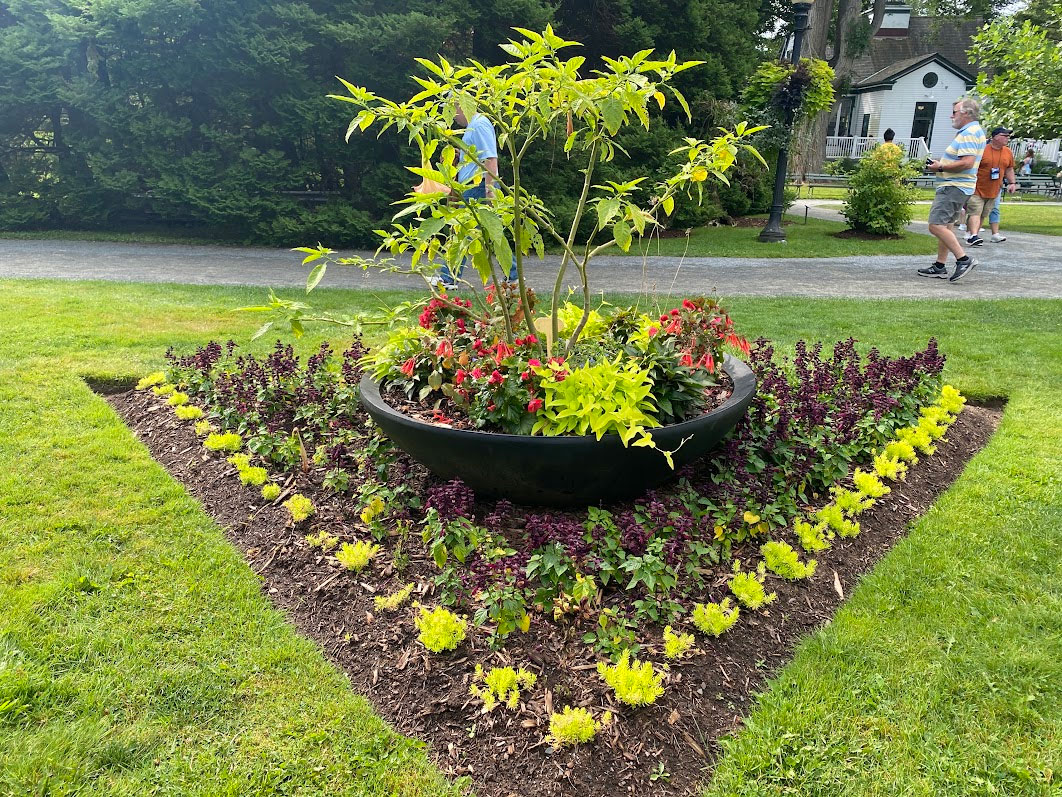
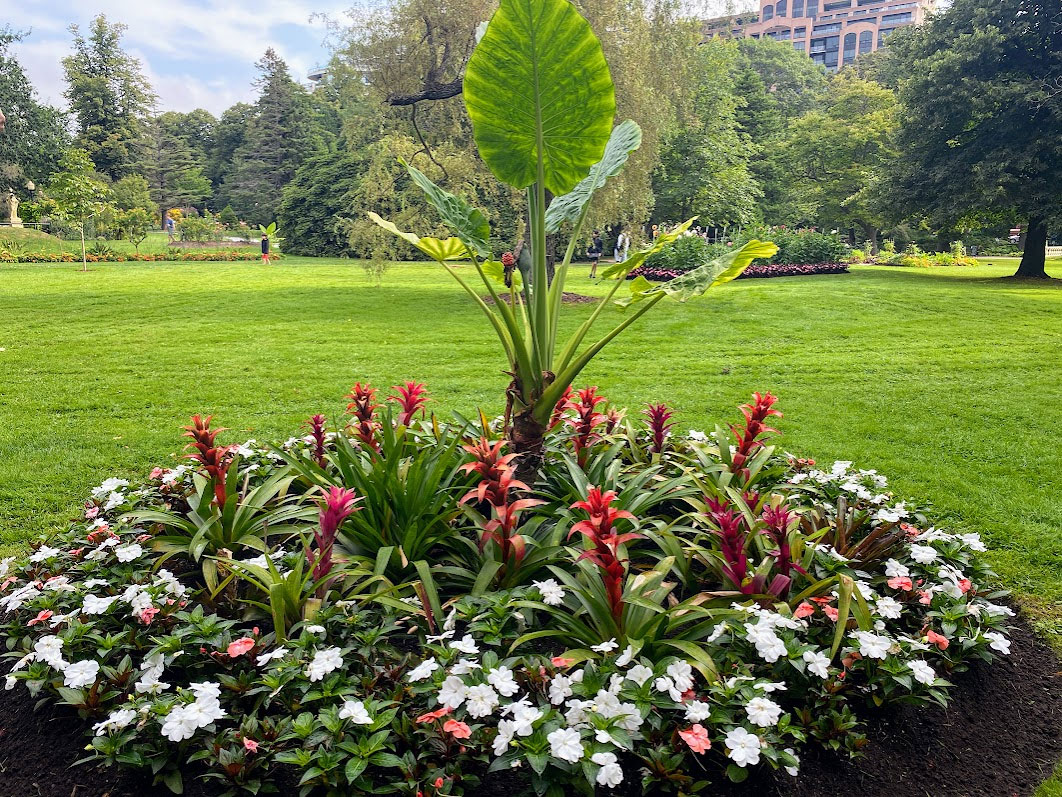
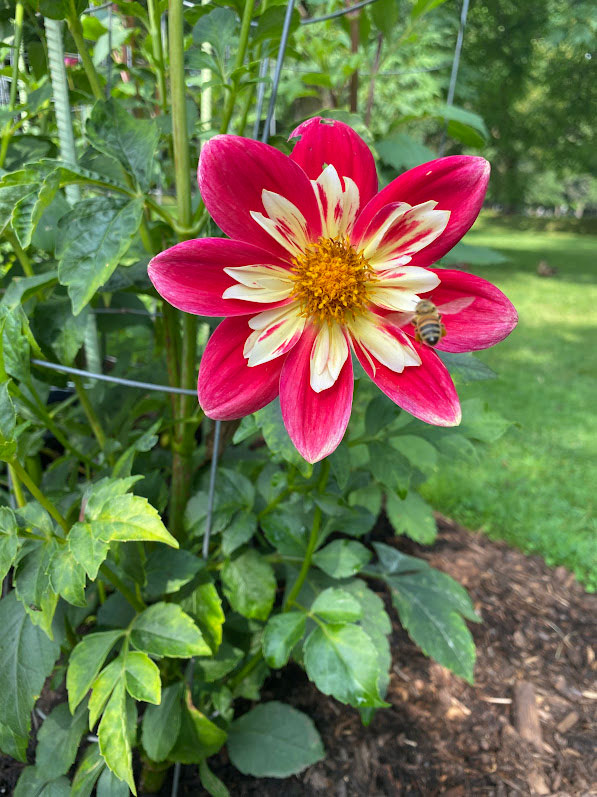



The Citadel was next on the tour. There have been wooden forts in this location since the mid-1700’s but this stone fort was built around 1856 and housed British troops and was used to defend the nearby naval base. Locals interested in the 78th Highlanders were hired by Parks Canada to give tours and dress in period dress around the fort so we saw a lot of kilts. The interesting thing about the Citadel was that it never had to defend the area.


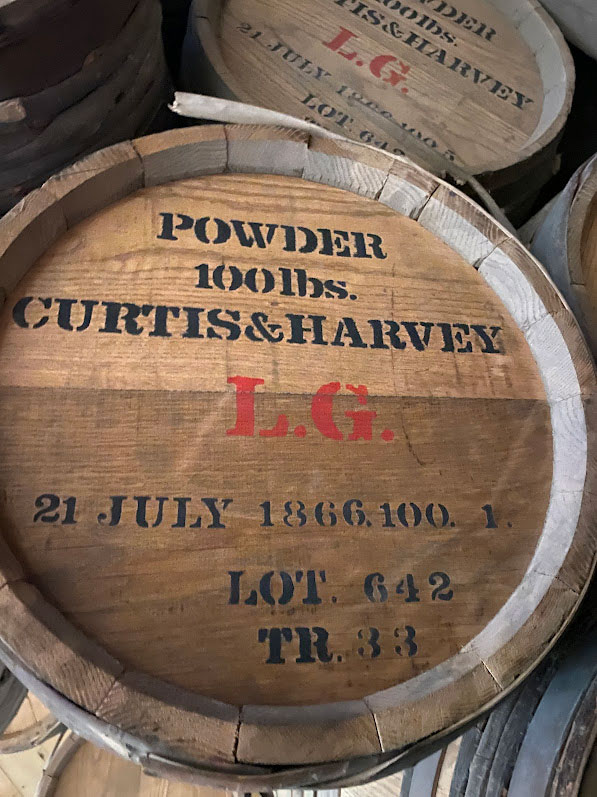
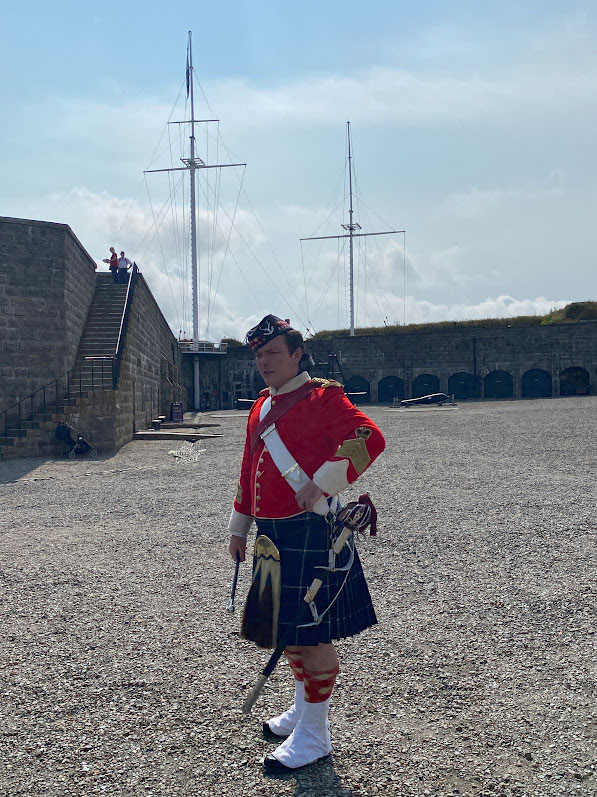
After lunch, we had a tour at the Maritime Museum where we heard the Titanic and Halifax Explosion stories again. I didn’t tell you the Halifax Explosion story, because it’s even more gruesome. I think the most interesting part was when we were privately let into an exhibit of an old maritime store.
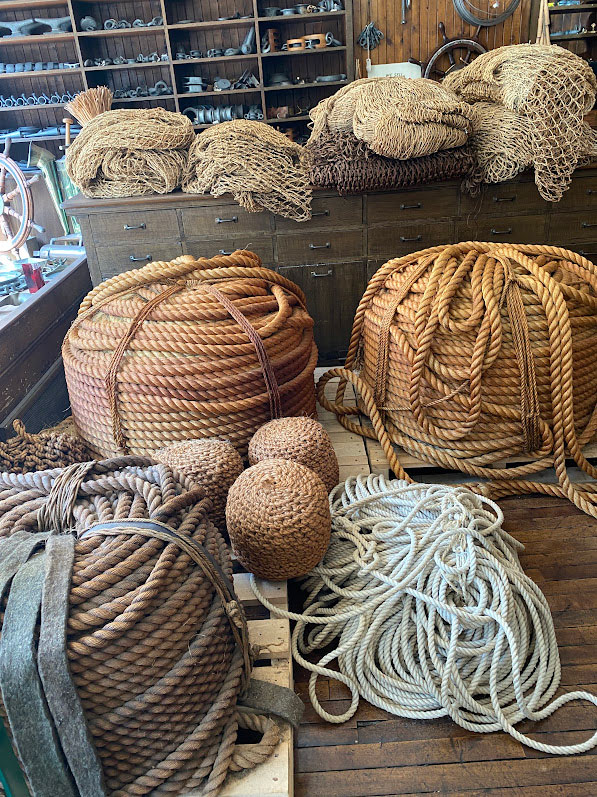
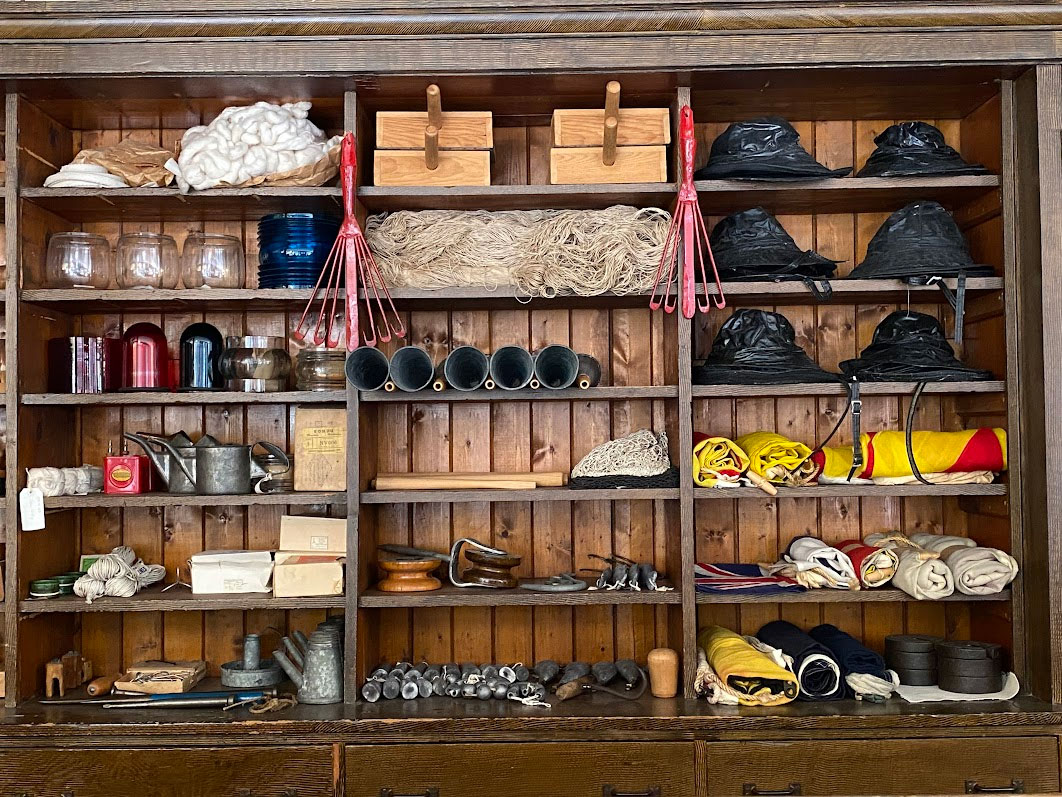

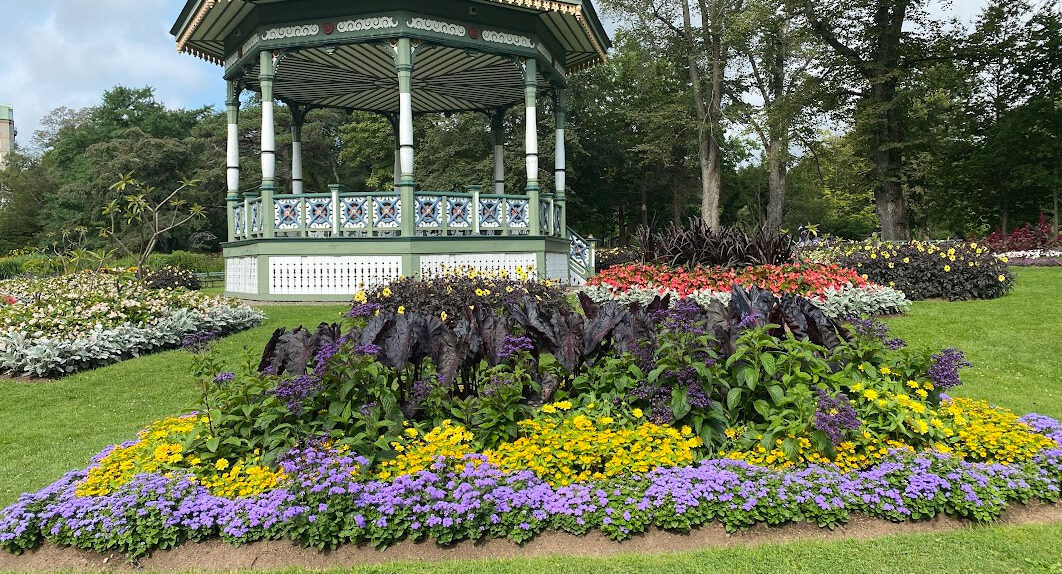
The flowers are amazing, especially being so fat north!